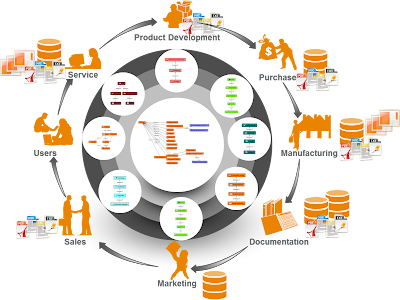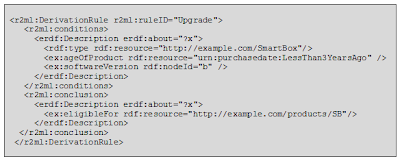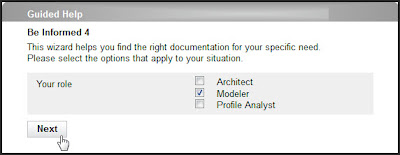How making videos changed my writing process
Lessons learned from working on instructional videos For a technical communicator, writing instructions is often still the core business. At least, that is how it was for me. No matter the changes in presentation - printed documentation versus smart documentation - the process of creating the documentation remained for me unchanged over the years. Until recently... This is what my process used to look like: Define the goal, audience, and context Analyze processes and activities Create the overall documentation model Write! Test and improve A line of tutorials At Be Informed I am responsible for Be Free, the community of Be Informed users. We offer the a free version of our semantic toolbox - the Personal Edition - to users worldwide. To support these users I have developed a line of short tutorials that support users in performing basic tasks like setting up the work environment, start modeling and use domain specific modeling constructions. These instructions ar...









